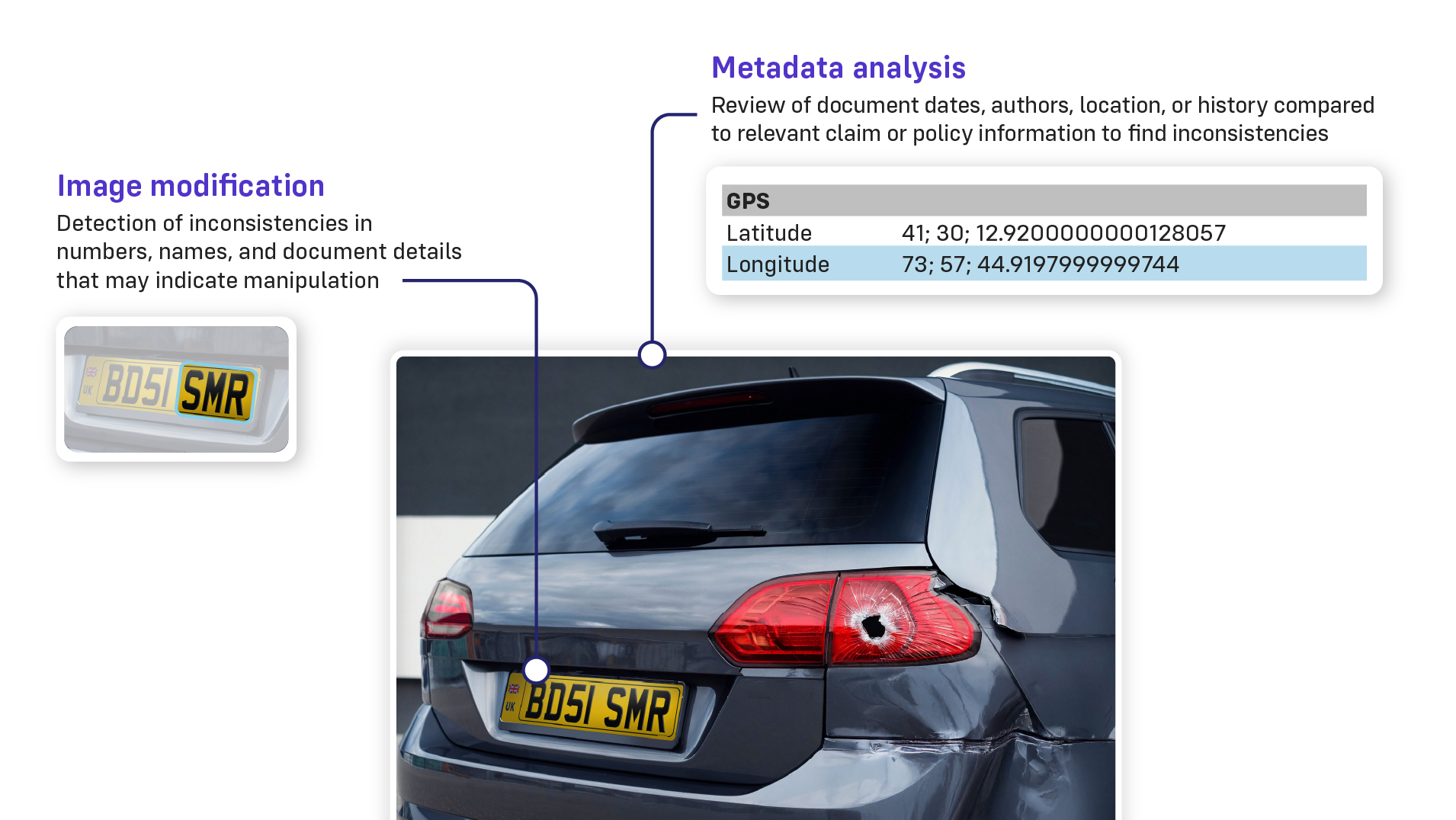Solomon Philip is Shift Technology’s Head of Market Intelligence
Like many businesses, health insurers organisations face an incredibly daunting challenge. They must ensure their members receive superlative care while at the same time controlling costs. Having a robust fraud waste and abuse detection strategy in place, supported by experienced investigation and audit teams , is critical.
The ability to determine if the organisation is paying for legitimate services, at legitimately contracted prices, delivered by legitimate service providers ensures that members are being treated fairly and that the insurer can better manage premiums. Likewise being able to identify members who might be claiming for pre-existing conditions or changing their story to ensure that they are covered. If certain payments or member claims look suspicious, that’s when the investigation teams get to work.
The Data Conundrum
The lynchpin to effective fraud waste and abuse detection and investigation is data. And the good news is that health insurers have access to tremendous amounts of the relevant data required to spot and investigate suspicious claims, members, and/or providers. From information contained in the member’s policy to billing, pharmaceutical and claims data, insurers should have everything they need to ensure that they and their members are getting what they paid for. However, two major factors are conspiring against health insurers when it comes to uncovering potential fraud, waste, and abuse (FWA) - many legacy systems and lack of data integration, with no single source of truth. Both trends can create environments where requisite data becomes siloed, making it difficult to access. In both cases, integrating the resulting multiple data structures and models to achieve the requisite levels of consistency and accuracy across multiple businesses can take months, if not years, if done manually or with outdated technology.
With key core systems of record still operational but unable to meet the demands of today and different teams putting in place their own solutions, data integration, collaboration, visibility, and efficiency challenges can seem impossible to overcome given the cost and time potentially involved. For example, harmonising data structures across various sources from different teams, weeding out duplicates that emerge, and integrating this all back into the back-end claims system or the member contact system are only a few challenges to achieving technological parity. When insurers operate across multiple countries data related to fraud perpetrated within and countries becomes nearly impossible to identify. This is due to the fact that insurers can struggle to capture complex fraud without a common data platform across teams and geographies. Identifying suspicious activity without a complete 360-degree view of the member, service, or provider network becomes infeasible.
Breaking Down Silos
Siloed systems essentially prevent investigators from receiving the full picture of what may or may not be happening as it relates to improper payments or fraud, waste, and abuse. This may be FWA occurring in different countries, or within different business units - or both. And while immediate integration of systems is not likely, especially in the event of merger or acquisition, there is a proven method of breaking down data silos and making all relevant data available in the fight against FWA and improper payments.
As artificial intelligence has increasingly been brought to bear in helping health insurers deal with FWA, it has become clear that this approach is one of the best ways to ensure the data available to health insurers is being used to its maximum potential. Vendors who have successfully embraced this approach are expert at cleaning, mapping, denoising and structuring data that comes from disparate sources. Furthermore, they are adept at running entity resolution models against data obtained from multiple sources to uncover common identifiers that simple rules-based programs or humans often overlook, enhancing the accuracy of fraud detection models.
As important, AI can be beneficial to health insurers interested in running post-payment checks as solution providers can consolidate data from the acquirer/acquiree and uncover anomalies and oddities in provider/member behaviour, diagnosis codes, and other factors that may indicate improper payments are being made. As opposed to trying to go it alone, health insurers also benefit from working with providers that are better able to track and respond to new and emerging fraud trends. Finally, expert vendors are well positioned to ensure compliance with the rules and regulations covering the different countries in which plans do business which creates the capability to look for fraud patterns carried out across the globe. FWA detection vendors applying AI to the problem can incorporate different rules and medical coding to claims from different countries, reducing potential false positives that could have led to denying legitimate claims.
From a strictly logistical perspective, health insurers relying on vendors offering their solutions on cloud-native SAAS platforms allow for a “future-proofed” scalable foundation that easily supports consolidation of additional plans going forward.
Conclusion
Health insurers are home to a wealth of data that can be useful in the fight against FWA and in avoiding improper payments. However, the nature of the business often makes it incredibly difficult to use the data they have to its fullest advantage. Disparate data sources, legacy systems, and seemingly impenetrable data silos can expose health insurers to fraud, waste, and abuse, potentially leaving them vulnerable to major financial losses, fines and penalties, poor patient outcomes, and reputational risks. Both the insurer and its members pay the price. Yet, attempting to solve these issues with homegrown solutions is typically not the answer due to not only a lack of expertise but also a lack of time.
Working with a vendor with a proven track record of using artificial intelligence to uncover FWA and improper payments is one of the fastest ways for health insurers to make the most of their vast data. Health insurers should seek out partners with the tools, experience, and expertise to integrate and harmonise different data structures and models, cleanse and map the data to produce actionable insights within seconds and ultimately capture value from their audit and investigation teams.
For more information about how Shift can help you adopt AI to meet the unique challenges facing the health insurer audit and investigation teams– contact us today


.jpg)